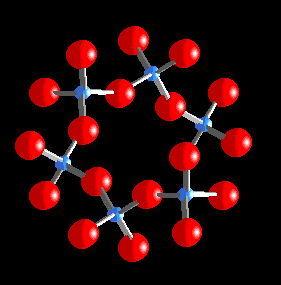Thursday, March 27, 2008
Chemical Reactions and Physical Changes
There are many types of chemical reactions and physical changes. And each and every one of those reactions and changes have their very own different ways of under going things and each have there own formulas. The different types of reactions and changes is laws of conservation, physical change, chemical reaction, chemical equation and many more to be explained and talked about.
Wednesday, March 12, 2008
Atoms, Metals Nonmetals and Metalloids, Periodic Table
Atoms are the very small substances (building blocks) of all matter. The nucleus is the central part of the and contains most of its mass . An atom has three main parts.
Proton is located in the nucleus and it has a positive charge.
Neutron is also located in the nucleus and it has a nuetral charge or no charge at all.
Electon is located outside the nucleus and has a negative charge.
Metals, Nonmetals, and Metalloids
Metals: shiny, can be bent or pulled, good conducters of heat/ electricity; many are solids at room temperature.
Nonmetals: dull, brittle, poor conductors ofheat/ electricity ; many are gases at room temperature.
Metalloids: conduts electricity under some conditions

Periodic Table
Chemical Symbol: element's abbreviation: first letter is capitalized and second letter ( if has one) is lowercase.
Examples:N for Nitrogen, O for Oxygen, Au for gold
Chemical Formula:substance's abbreviation
Subscript:number at the lower right of the element's symbol (shows number of atoms;) if no subscript, there is 1 atom.
Example:H2O hass 2 Hydrogen atoms and 1 oxygen atom
Periodic Table:chart of elements, arranged in rows in increasing atomic number (the number of protons in the element); elements in the same column (group) are similar.
Subscribe to:
Posts (Atom)
